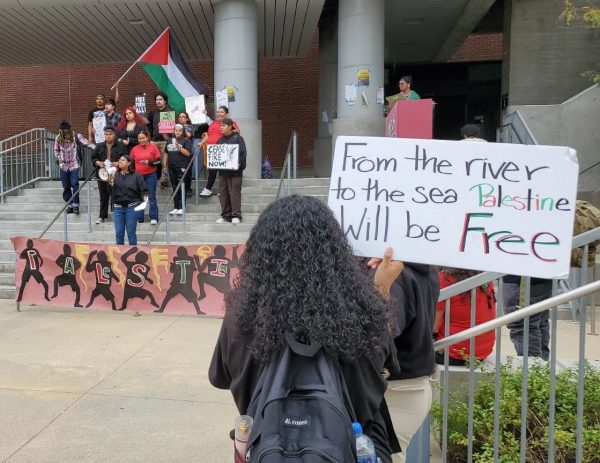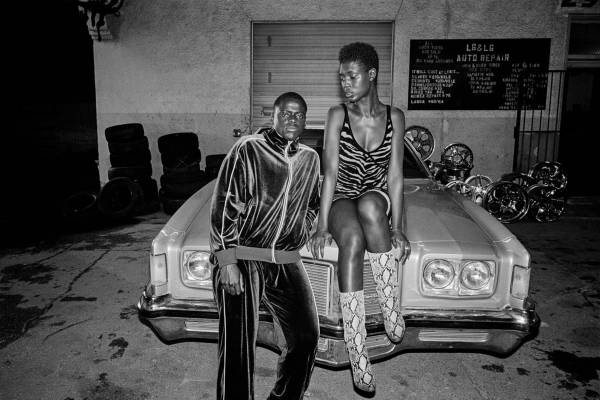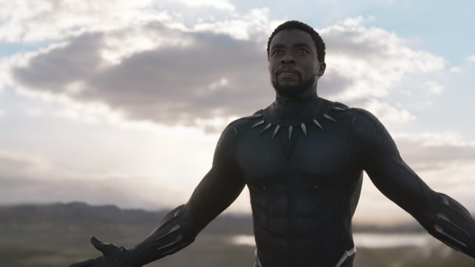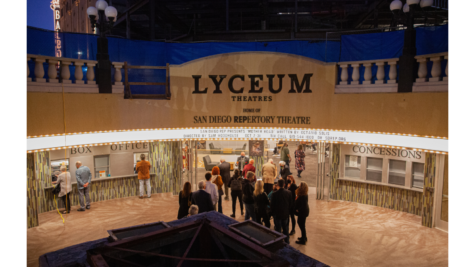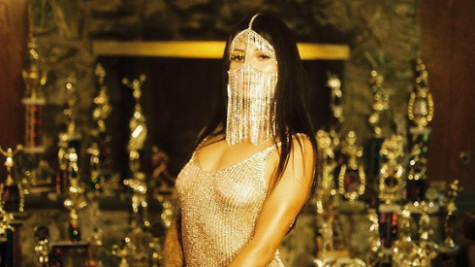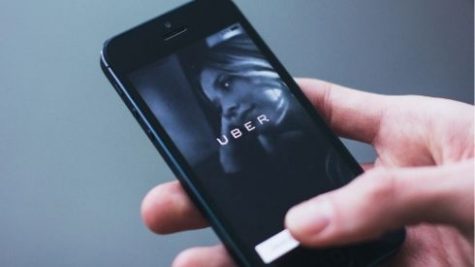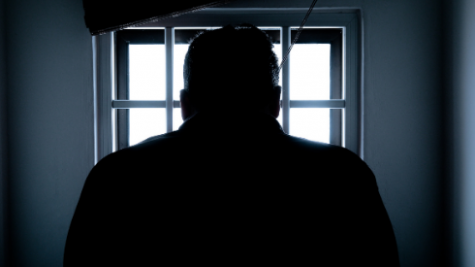Slammed again by the Electoral College
November 9, 2016
The Electoral College is an anachronism that has never worked the way the Founders intended. And it caused unintended problems almost immediately. A tie in the Electoral College between Thomas Jefferson and his intended vice president, Aaron Burr, in the election of 1800, threw the contest into the House of Representatives. Jefferson narrowly made the presidency after 36 tie votes in the House, only because Alexander Hamilton hated Burr more than he hated Jefferson and tipped the scales toward his “lesser of two evils.”
In the Constitutional Convention that decided the architecture of our government, the debates over how government officials would be chosen were among the most protracted of all. Not least was how the president should be selected.
The dominant plan, The Virginia Plan, opted for the president to be chosen by Congress. In committee, however, it was decided that this gave the legislative branch too much power over the executive branch.
An alternative favored by James Madison featured election of the president by popular vote of the people. The South objected to this plan because of the high number of nonvoting slaves living in those states. Thus in the North, a much higher percentage of the population would be able to vote for the president.
Madison noted, “There was one difficulty however of a serious nature attending an immediate choice by the people. The right of suffrage was much more diffusive in the Northern than the Southern States; and the latter could have no influence in the election on the score of Negroes. The substitution of electors obviated this difficulty and seemed on the whole to be liable to the fewest objections.”
So, but for the issue of slavery, we may have had election of the president by popular vote at the outset. But … we didn’t. And we still don’t.
It was decided that a body of people outside of Congress be chosen expressly to pick the president. The electors would be chosen in districts in each state by popular vote. The electors were not bound to follow the vote in their own state or district. Mostly, they have mirrored the vote but there have been occasions when they countered it too.
Not a dozen years into the new government and the Electoral College caused a constitutional crisis in 1800 requiring an amendment to the Constitution to fix it. To ensure that the confusion between presidential and vice presidential candidates would not occur again, the 12th Amendment was passed directing that electors would vote for one president and one vice president.
Since that time the Electoral College has been changed and tinkered with to try and solve its various deficiencies. The mechanics of this process vary from state to state. It is a hopelessly convoluted mish-mash that is not well understood by the vast majority of voters. This system bit us again in 2000 when the person who won the popular vote did not win the Electoral College. Instead, we got “W.”
And now, in 2016, it has happened again. Hillary Clinton won the popular vote with 60,839,922 votes, as of this writing, and with 99 percent of votes counted. Her 574,000-plus lead is growing, however, as mail-in and absentee ballots continue to come in. Trump received 60,265,858 votes. However, the electoral breakdown, which is now firm, is 232 for Clinton and 306 for Trump.
Interestingly, there is an opportunity for the Electoral College to work the way some of the Founders envisioned it. Many of them distrusted the “imprudent passions” of the people to make an informed and rational choice for this powerful office, and feared the election of a “demagogue.” Called “mob-ocracy” by John Adams, he no doubt would think that today we have a surfeit of democracy. Hence the rule that the electors were not required to vote as the majority of people in their districts did.
In history, 179 so-called “faithless electors” did not vote in a presidential election the way they were pledged. In no case, however, were the results of an election changed. Electors can now finally act as a buffer against a bad choice by the people such as the Founders envisioned. It would require the involvement of 75 faithless electors abstaining or 38 switching to change the outcome — admittedly, a tall order.
The skepticism of the Founders notwithstanding, the vagaries of the Electoral College are increasingly out of step with a modern concept of democracy. If slavery were ever a justification for this confusing system, now it certainly is not. One person, one vote is the simple, democratic way to fix this unnecessary hodge-podge. It has caused problems since the beginning. Dump the Electoral College.


